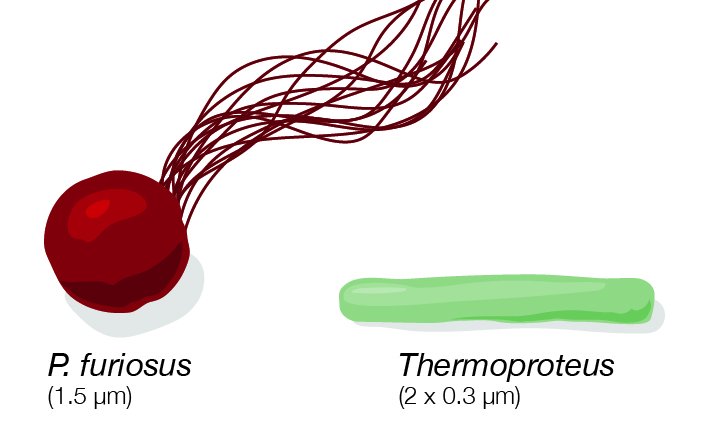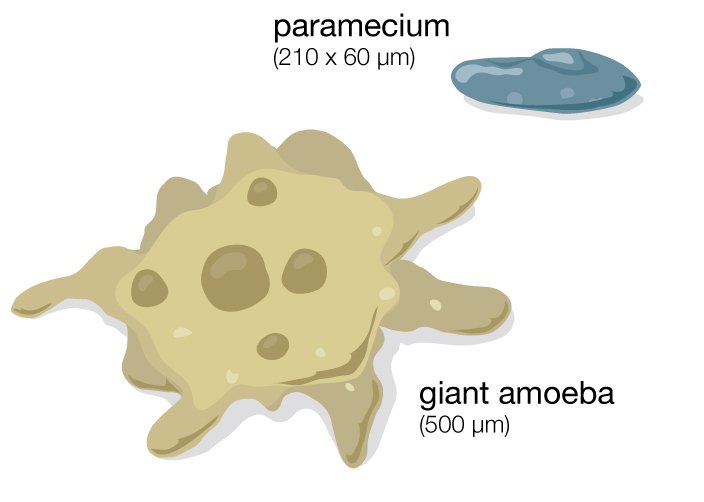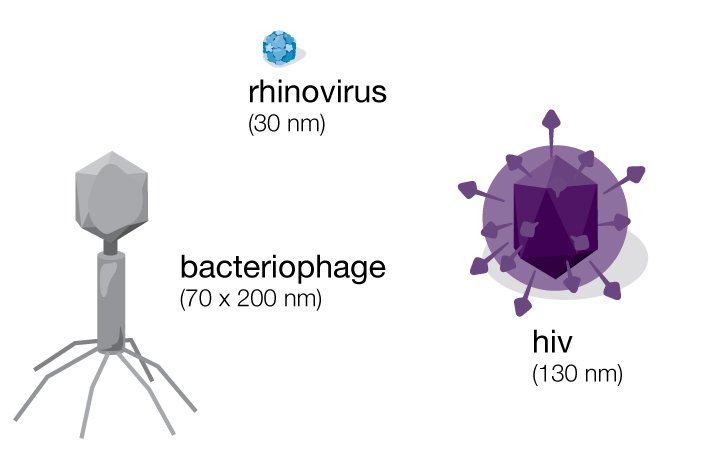A microbe, or “microscopic organism,” is a living thing that is too small to be seen with the naked eye. We need to use a microscope to see them.
The term is very general. It is used to describe many different types of life forms, with dramatically different sizes and characteristics:
The human body is home to microbes from all of these categories. Microscopic plants are also considered microbes, though they don’t generally live on or in the human body.
Need help understanding how small microbes are?
Visit Cell Size and Scale.







